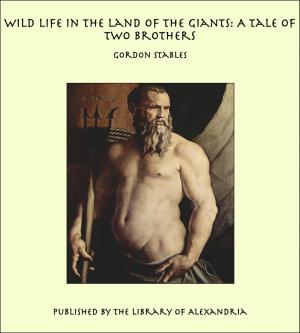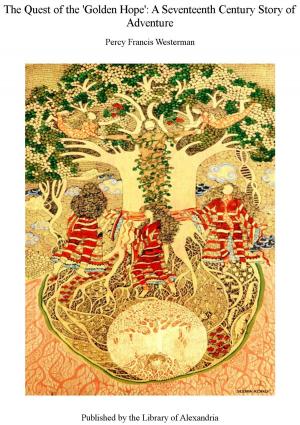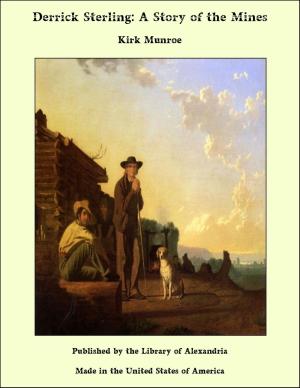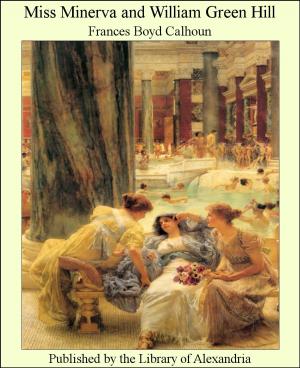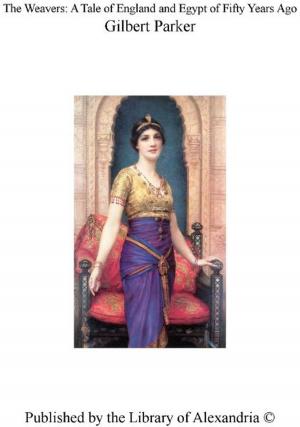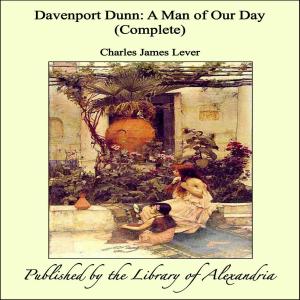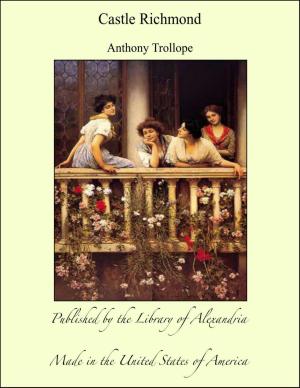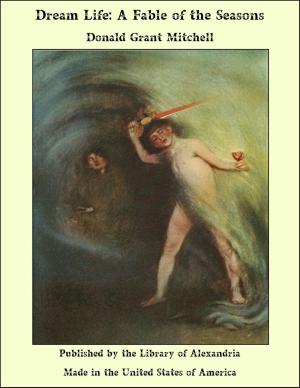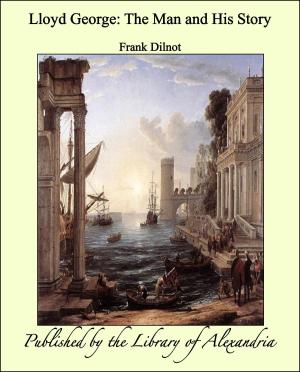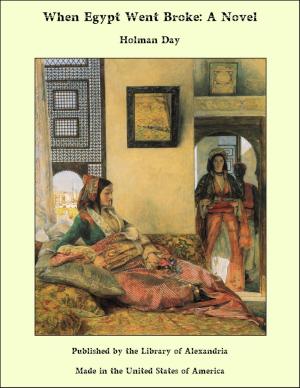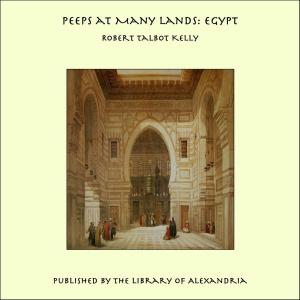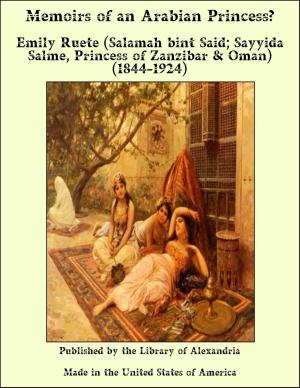Our Little Spanish Cousin
Nonfiction, Religion & Spirituality, New Age, History, Fiction & Literature| Author: | Mary F. Nixon-Roulet | ISBN: | 9781465602879 |
| Publisher: | Library of Alexandria | Publication: | March 8, 2015 |
| Imprint: | Language: | English |
| Author: | Mary F. Nixon-Roulet |
| ISBN: | 9781465602879 |
| Publisher: | Library of Alexandria |
| Publication: | March 8, 2015 |
| Imprint: | |
| Language: | English |
What a wonderful time he had that day! First came the christening in the great Cathedral which towers above Granada, and in which lie buried the king and queen, Ferdinand and Isabella, in whose reign Columbus sailed away from Spain to discover America. The Cathedral was so grand that it always made Fernando feel very strange and quiet, and he thought it was shocking that the baby cried when the priest poured water on her and baptized her, Maria Dolores Concepcion Isabel Inez Juanita. This seems a long name for such a tiny little mite, but there was a reason for every single name, and not one could be left out. Nearly all Spanish children are named Maria, whether boys or girls, because the Spaniards are devoted to the Virgin Mary, and as the baby was born on the Feast of the Immaculate Conception, she was called Concepcion. Isabel was for her aunt, and Inez was for her godmother, and Juanita for her father. Her name did not seem at all long to Fernando, for his name was Fernando Antonio Maria Allegria Francisco Ruy Guzman y Ximenez. Every one called him Fernando or Nando, and his long name had troubled him but once in all his gay little life. That time he had been naughty and had run away from his aya, the nurse who always watches little Spanish children like a faithful dog, and he had fallen into the deep ditch beside the great aloe hedge. The aloes are stalwart plants with long leaves, wide-extending and saw-toothed, and they are often planted close together so as to make hedgerows through which cattle cannot pass. The leaves of the aloe are sometimes a yard long, and they are very useful. From them are made strong cords, and also the alpagatas, or sandals, which the peasants wear; and the fibres of the leaf are separated from the pulp and made into many things to wear. The central stem of the aloe grows sometimes twenty feet high, and it has a number of stems on the ends of which grow yellow flowers. The leaves are a bluish-green in colour, and look like long blue swords. The long hedgerows look very beautiful against the soft blue of the Spanish sky, but little Fernando did not see anything pretty in them as he lay at the bottom of the ditch, roaring lustily.
What a wonderful time he had that day! First came the christening in the great Cathedral which towers above Granada, and in which lie buried the king and queen, Ferdinand and Isabella, in whose reign Columbus sailed away from Spain to discover America. The Cathedral was so grand that it always made Fernando feel very strange and quiet, and he thought it was shocking that the baby cried when the priest poured water on her and baptized her, Maria Dolores Concepcion Isabel Inez Juanita. This seems a long name for such a tiny little mite, but there was a reason for every single name, and not one could be left out. Nearly all Spanish children are named Maria, whether boys or girls, because the Spaniards are devoted to the Virgin Mary, and as the baby was born on the Feast of the Immaculate Conception, she was called Concepcion. Isabel was for her aunt, and Inez was for her godmother, and Juanita for her father. Her name did not seem at all long to Fernando, for his name was Fernando Antonio Maria Allegria Francisco Ruy Guzman y Ximenez. Every one called him Fernando or Nando, and his long name had troubled him but once in all his gay little life. That time he had been naughty and had run away from his aya, the nurse who always watches little Spanish children like a faithful dog, and he had fallen into the deep ditch beside the great aloe hedge. The aloes are stalwart plants with long leaves, wide-extending and saw-toothed, and they are often planted close together so as to make hedgerows through which cattle cannot pass. The leaves of the aloe are sometimes a yard long, and they are very useful. From them are made strong cords, and also the alpagatas, or sandals, which the peasants wear; and the fibres of the leaf are separated from the pulp and made into many things to wear. The central stem of the aloe grows sometimes twenty feet high, and it has a number of stems on the ends of which grow yellow flowers. The leaves are a bluish-green in colour, and look like long blue swords. The long hedgerows look very beautiful against the soft blue of the Spanish sky, but little Fernando did not see anything pretty in them as he lay at the bottom of the ditch, roaring lustily.

